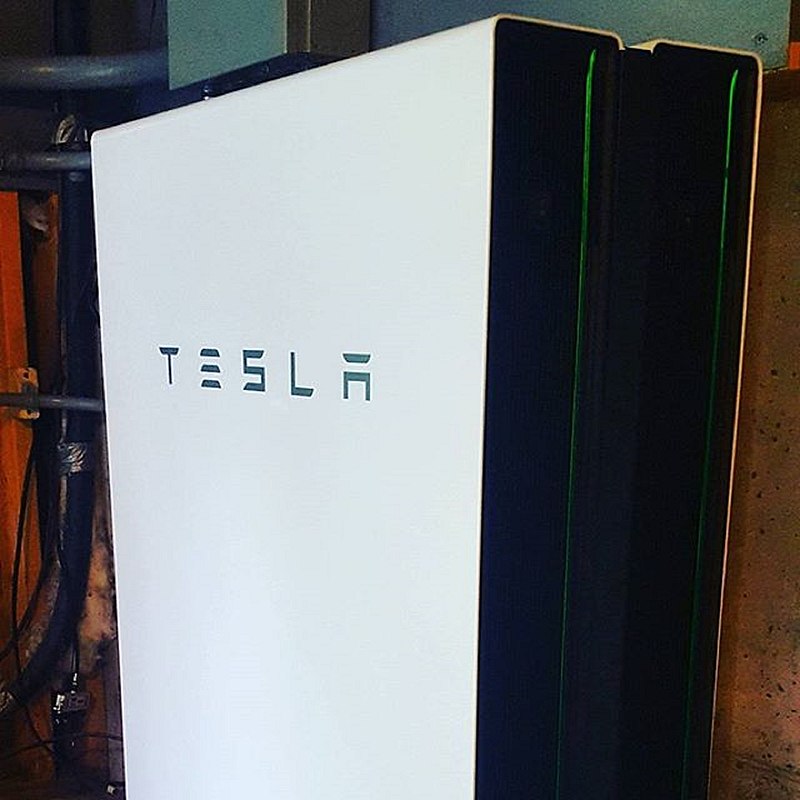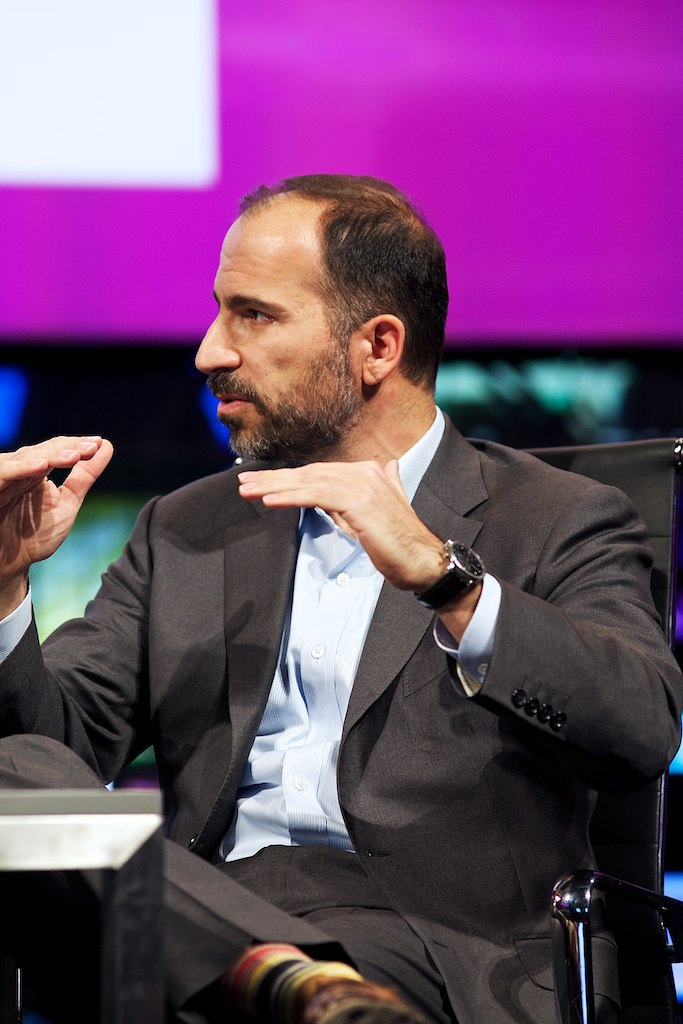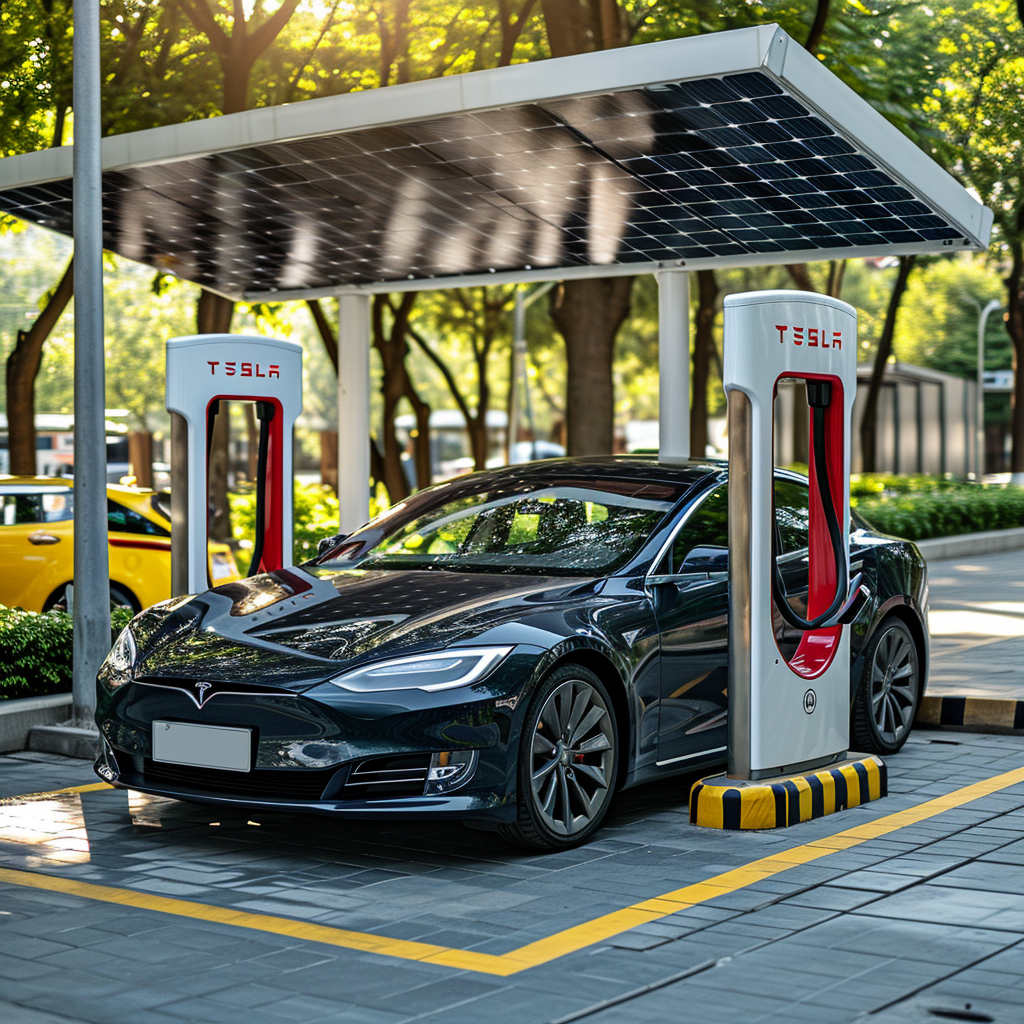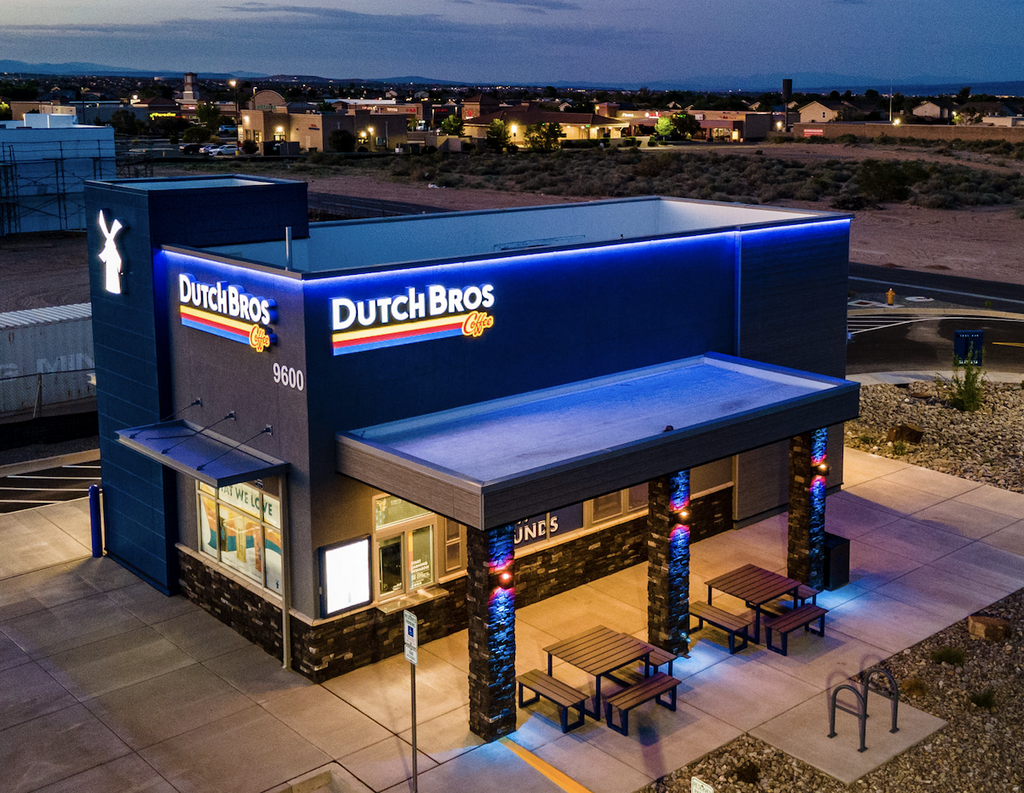
Tesla’s energy business is rapidly expanding, and it could be the next major earnings driver for the company. In its second-quarter production and delivery report, Tesla announced that it had more than doubled its energy storage deployment compared to the previous quarter, reaching a record 9.4 GWh (gigawatt hours) of battery energy storage. This achievement highlights the significant growth potential of Tesla’s energy division beyond its automotive business.
Tesla Energy, the division responsible for energy storage, includes products ranging from Powerwall batteries for homes to large-scale Megapack storage facilities for utilities and municipalities. The Powerwall, which can hold around 12.2 kilowatt-hours of usable energy, is designed to power small homes for a day. In contrast, a single Megapack installation can store 3.9 megawatt-hours of energy, sufficient to power 3,600 homes for one hour.
In the first quarter of this year, Tesla’s energy storage business generated $1.6 billion in revenue, contributing a gross profit of $403 million with a gross margin of 24.6%. This performance is notable considering Tesla’s overall gross profit for Q1 was $3.7 billion, with a lower gross margin of 17.4%, a decline attributed to price cuts in its electric vehicle (EV) segment aimed at boosting demand.
The energy division’s robust performance is drawing attention from Wall Street analysts. Morgan Stanley’s Adam Jonas referred to Tesla’s Q2 energy deployment as a “show stealer,” noting that the 9.4 GWh deployed was double the firm’s forecast. Jonas values Tesla Energy at $36 per Tesla share ($130 billion) and believes the business is well-positioned to benefit from increased investment in the US electric grid, spurred by the rise of artificial intelligence (AI).
Jonas has set a $310 price target on Tesla, suggesting that the energy storage business could significantly impact the company’s stock value. He predicts that generative AI spending will lead to a “multigenerational increase in energy demand,” with Tesla’s energy storage business poised to capitalize on this trend.
Investors are also increasingly interested in Tesla Energy’s long-term prospects and the potential of its Optimus robot unit as future growth catalysts. While much of the current investment narrative around Tesla focuses on the launch of lower-priced EVs and the upcoming reveal of its robotaxi on August 8, the company’s Q2 earnings report could offer a pleasant surprise if the energy storage business continues to demonstrate strong, profitable growth.
As Tesla prepares to report its Q2 earnings in less than two weeks, the energy division’s impressive performance may signal a new phase of growth for the company, providing a substantial boost to its overall financial health and stock performance.








